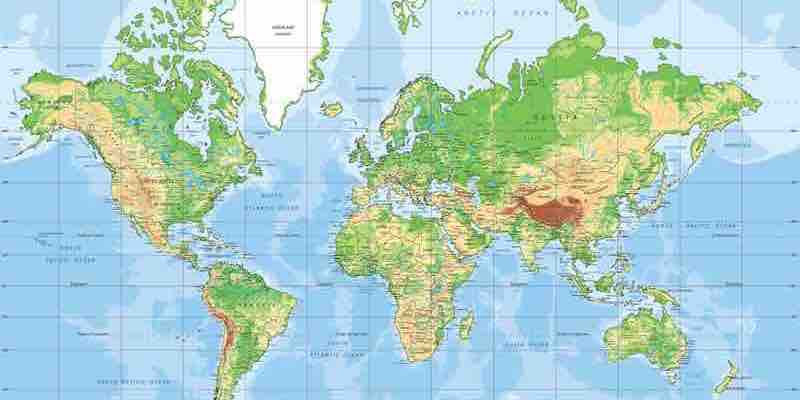Geospatial Data in MySQL, Geospatial Functions with Examples

Geospatial data management is essential to modern databases, especially for applications involving location-based services, geographic information systems (GIS), and spatial analysis. MySQL, a popular relational database management system, offers a suite of geospatial functions, allowing users to store, process, and retrieve geospatial data efficiently. Here are the various geospatial functions available in MySQL and some practical examples to illustrate their usage.
List of Geospatial Functions in MySQL:
- ST_AsBinary / ST_AsWKB: Returns a geometry’s Well-Known Binary (WKB) representation.
- ST_AsText / ST_AsWKT: Returns a geometry’s Well-Known Text (WKT) representation.
- ST_Buffer: Returns a geometry representing all points whose distance from a geometry is less than or equal to a specified value.
- ST_Centroid: Returns the centroid of a geometry.
- ST_Contains: Returns 1 or 0 to indicate whether a geometry contains another geometry.
- ST_Crosses: Returns 1 or 0 to indicate whether two line strings cross.
- ST_Difference: Returns the difference of two geometries.
- ST_Distance: Returns the shortest distance between two geometries.
- ST_Envelope: Returns the minimum bounding rectangle for a geometry.
- ST_Equals: Returns 1 or 0 to indicate whether two geometries are spatially equal.
- ST_GeomFromText / ST_GeometryFromText: Creates a geometry from its WKT representation.
- ST_GeomFromWKB / ST_GeometryFromWKB: Creates a geometry from its WKB representation.
- ST_Intersects: Returns 1 or 0 to indicate whether two geometries intersect.
- ST_IsEmpty: Returns 1 or 0 to indicate whether a geometry is empty.
- ST_Length: Returns the length of a linear geometry.
- ST_Overlaps: Returns 1 or 0 to indicate whether two geometries overlap.
- ST_PointFromText: Creates a point from its WKT representation.
- ST_SRID: Returns or sets the Spatial Reference System Identifier for a geometry.
- ST_Touches: Returns 1 or 0 to indicate whether two geometries touch.
- ST_Union: Returns the union of two geometries.
- ST_Within: Returns 1 or 0 to indicate whether a geometry is within another geometry.
Sample Usage of Geospatial Functions:
- Creating a Point:
SET @p = ST_PointFromText('POINT(100 100)');- Calculating Distance Between Two Points:
SET @p1 = ST_PointFromText('POINT(100 100)');
SET @p2 = ST_PointFromText('POINT(200 200)');
SELECT ST_Distance(@p1, @p2);- Checking if a Point is Within a Polygon:
SET @p = ST_PointFromText('POINT(100 100)');
SET @poly = ST_GeomFromText('POLYGON((50 50, 50 150, 150 150, 150 50, 50 50))');
SELECT ST_Within(@p, @poly);- Finding the Union of Two Geometries:
SET @g1 = ST_GeomFromText('POLYGON((0 0, 0 1, 1 1, 1 0, 0 0))');
SET @g2 = ST_GeomFromText('POLYGON((1 1, 1 2, 2 2, 2 1, 1 1))');
SELECT ST_AsText(ST_Union(@g1, @g2));Geospatial functions in MySQL are potent tools for handling spatial data. They enable developers to perform complex spatial queries and analyses directly within the database, which can be crucial for applications that rely heavily on geographic data. By understanding and utilizing these functions, you can significantly enhance the capabilities of your MySQL-based applications in terms of spatial data processing and analysis.